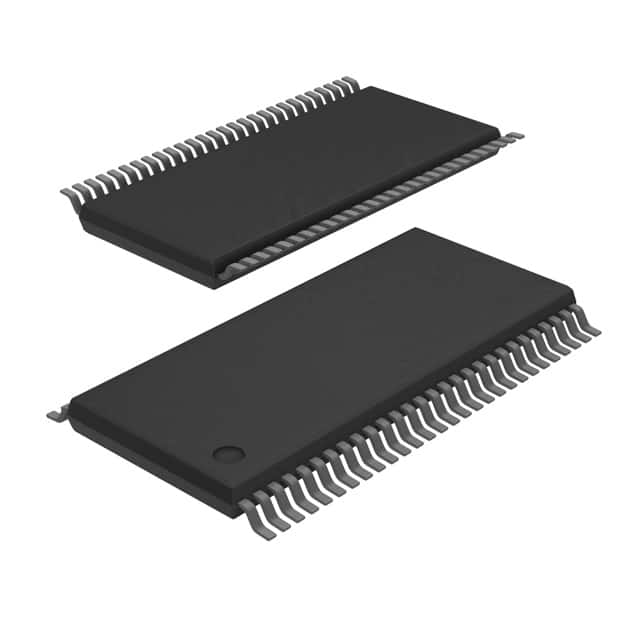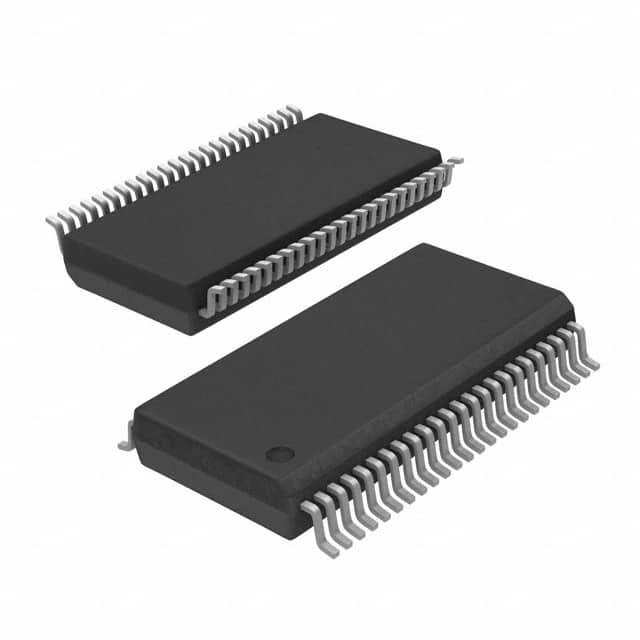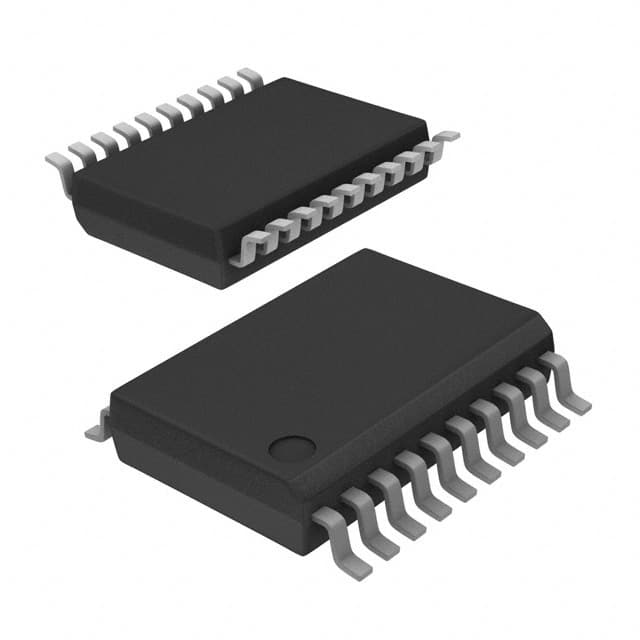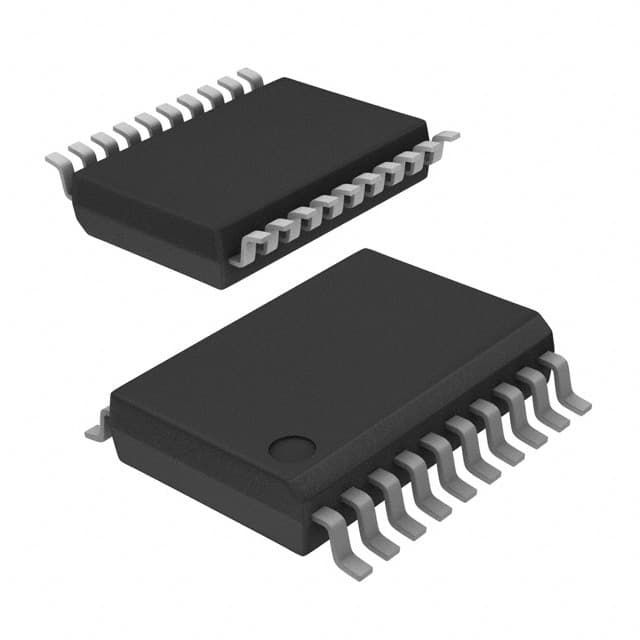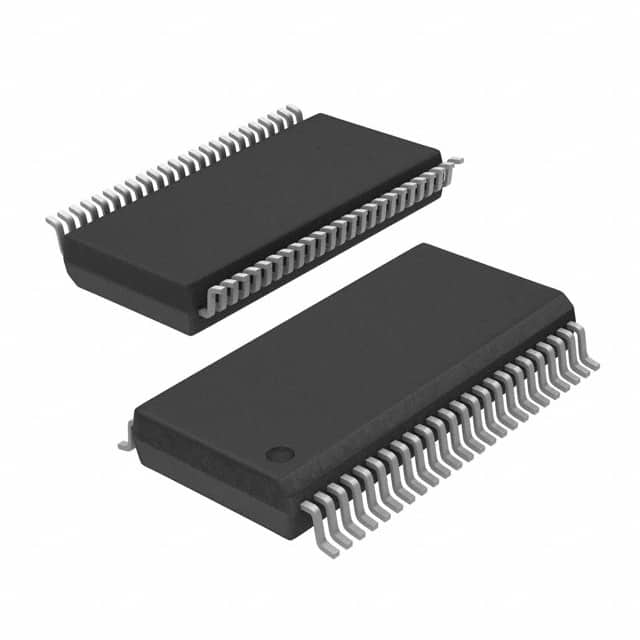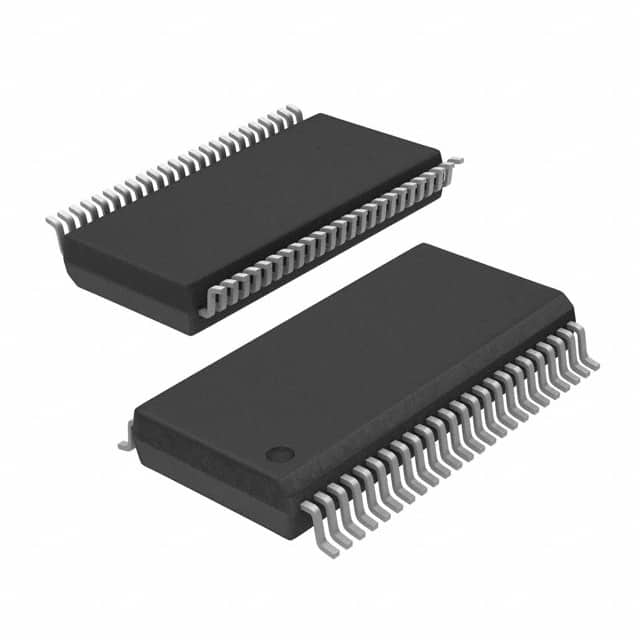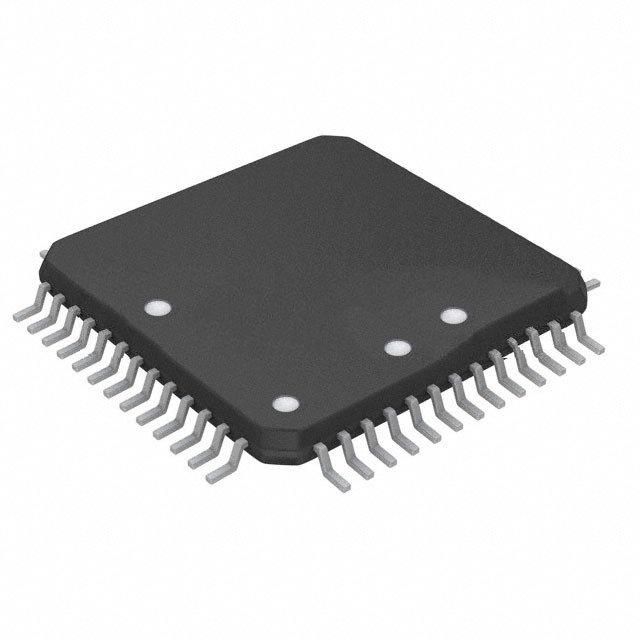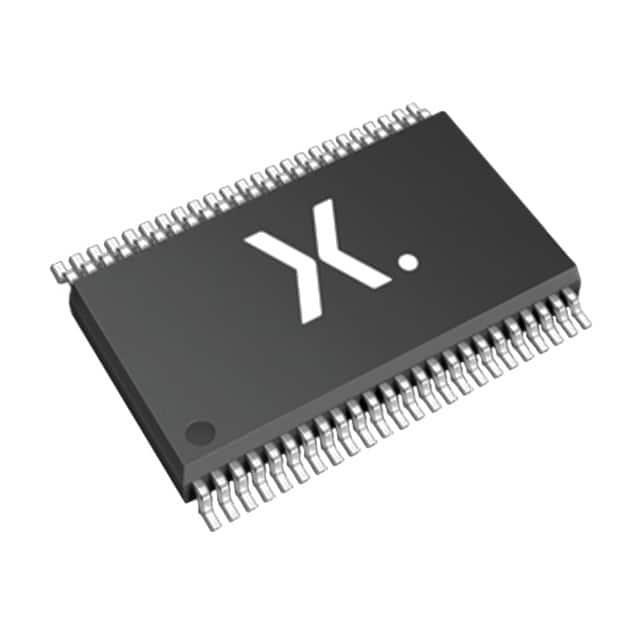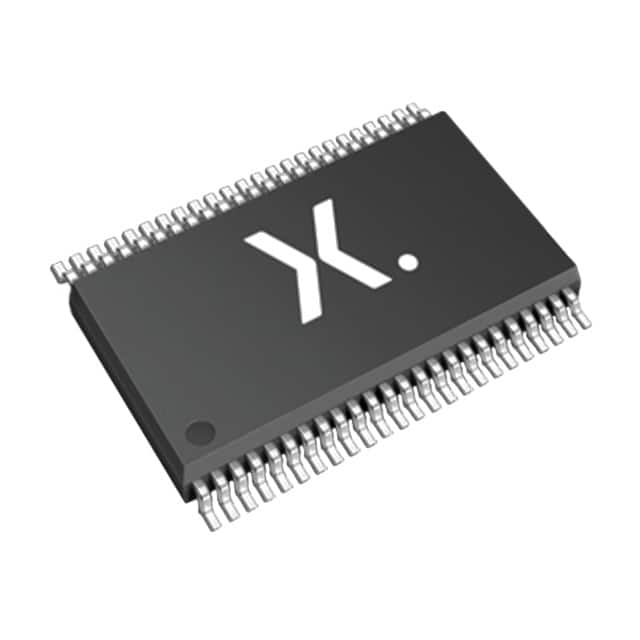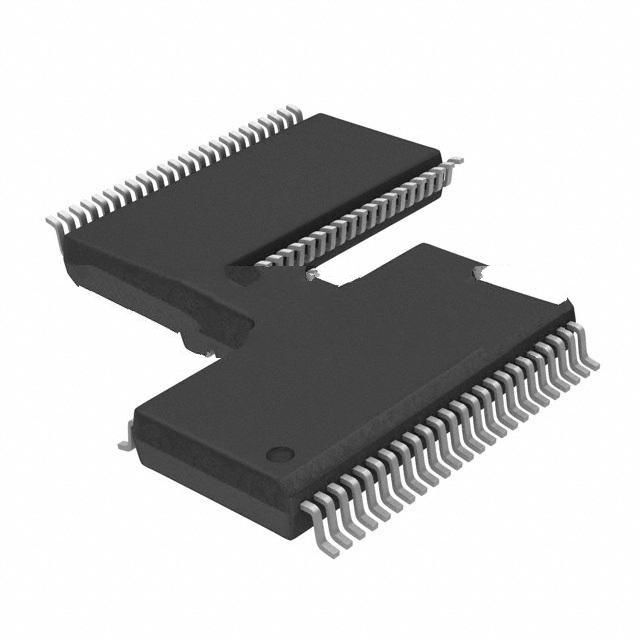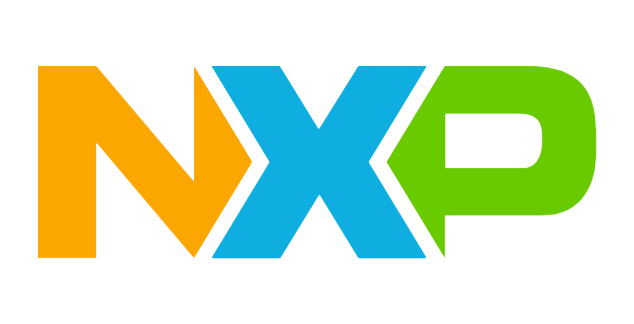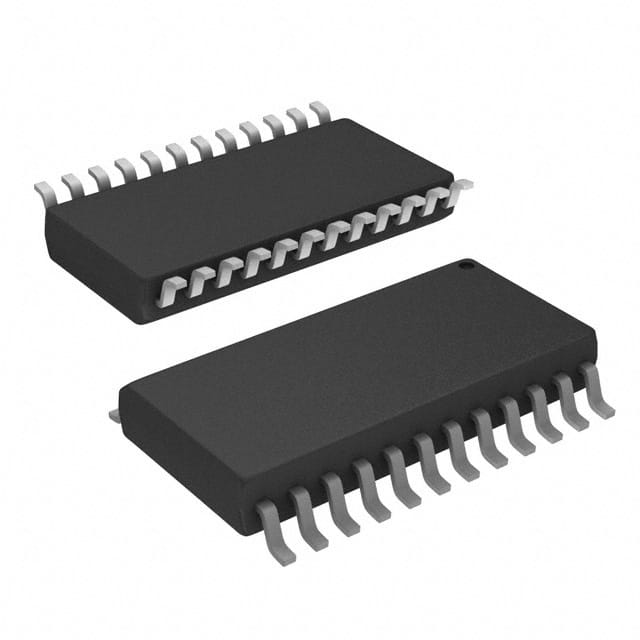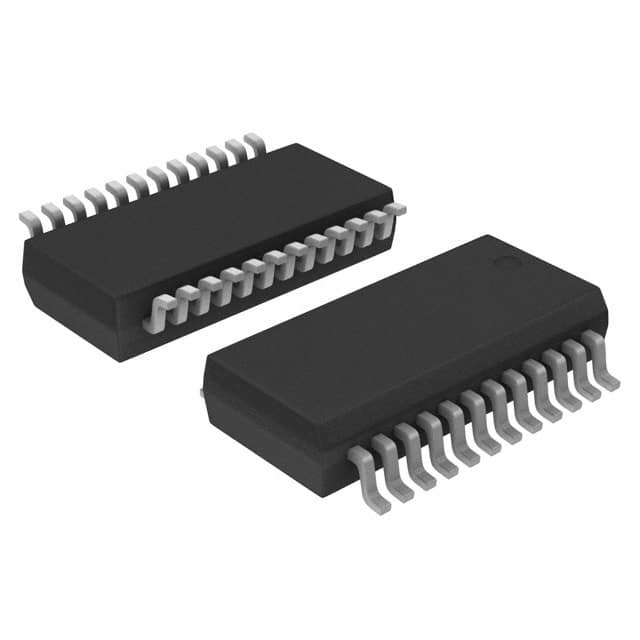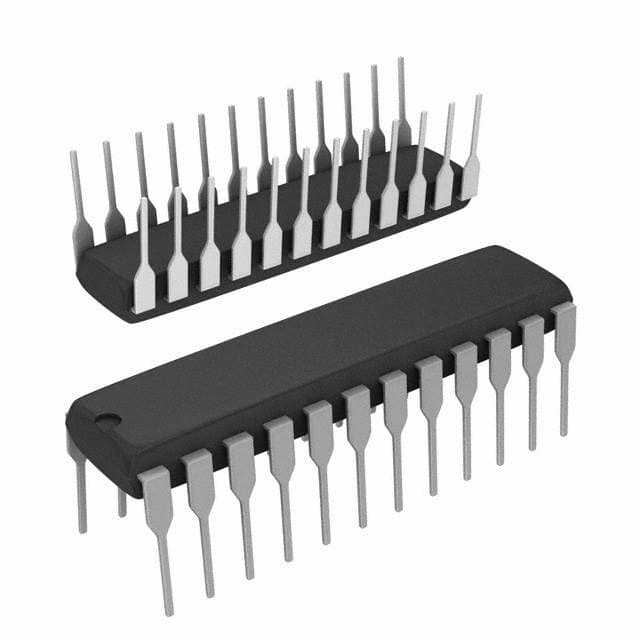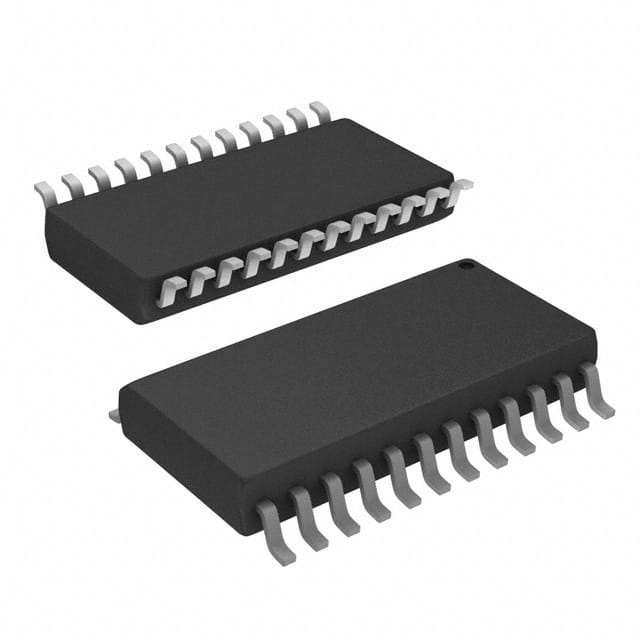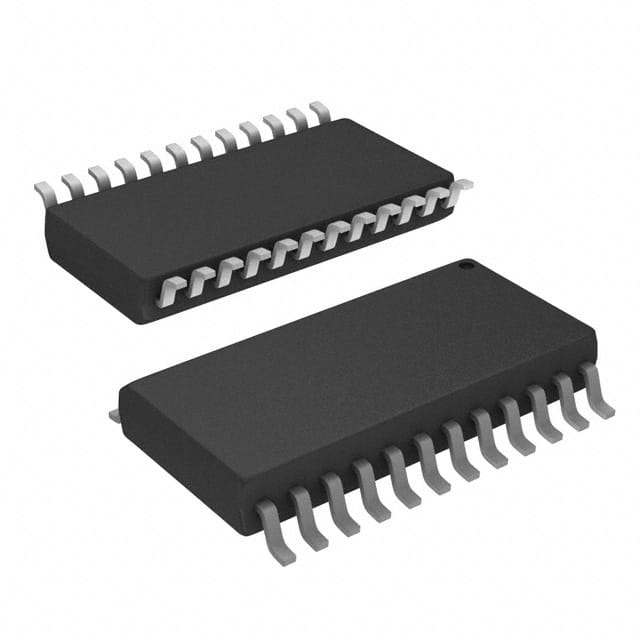74ABT16827ADGG,118 Product Introduction:
NXP USA Inc. Part Number 74ABT16827ADGG,118(Logic - Buffers, Drivers, Receivers, Transceivers), developed and manufactured by NXP USA Inc., distributed globally by Jinftry. We distribute various electronic components from world-renowned brands and provide one-stop services, making us a trusted global electronic component distributor.
74ABT16827ADGG,118 is one of the part numbers distributed by Jinftry, and you can learn about its specifications/configurations, package/case, Datasheet, and other information here. Electronic components are affected by supply and demand, and prices fluctuate frequently. If you have a demand, please do not hesitate to send us an RFQ or email us immediately sales@jinftry.com Please inquire about the real-time unit price, Data Code, Lead time, payment terms, and any other information you would like to know. We will do our best to provide you with a quotation and reply as soon as possible.
Introducing the NXP USA Inc. 74ABT16827ADGG,118, a cutting-edge integrated circuit designed to revolutionize the world of electronics. This high-performance device offers a wide range of features and is suitable for various application fields.
The 74ABT16827ADGG,118 is a 20-bit buffer/line driver with 3-state outputs, making it ideal for use in data communication systems, networking equipment, and industrial automation. With its advanced technology, this integrated circuit ensures fast and reliable data transmission, enabling seamless connectivity and efficient data processing.
One of the standout features of the 74ABT16827ADGG,118 is its low power consumption, making it an energy-efficient solution for battery-powered devices and applications where power efficiency is crucial. Additionally, this IC offers excellent noise immunity, ensuring reliable operation even in noisy environments.
The 74ABT16827ADGG,118 is designed to operate at high speeds, with a maximum propagation delay of only 3.5 nanoseconds. This makes it suitable for applications that require quick response times and high-speed data transfer.
Whether you are working on a telecommunications project, designing networking equipment, or developing industrial automation systems, the NXP USA Inc. 74ABT16827ADGG,118 is the perfect choice. Its exceptional performance, low power consumption, and high-speed capabilities make it a versatile and reliable solution for a wide range of application fields.
Experience the future of electronics with the NXP USA Inc. 74ABT16827ADGG,118 and unlock endless possibilities for innovation and connectivity.
Buffers, Drivers, Receivers, Transceivers are the key logic devices responsible for signal transmission and processing in integrated circuits. These components are built by using transistors and other passive components such as resistors and capacitors. The buffer is mainly used to enhance or isolate the signal, reduce the attenuation and interference of the signal during transmission, and ensure the integrity and stability of the signal. The driver is responsible for amplifying the signal to a level sufficient to drive the external load, commonly seen in high-speed data transmission and power amplification scenarios. The receiver is responsible for receiving the signal from the external or internal circuit and converting it into a level or format that the system can recognize. The transceiver combines the functions of the driver and the receiver, which can send and receive signals, and is widely used in two-way communication interfaces.
Application
Buffers, Drivers, Receivers, Transceivers are widely used in various electronic devices and systems, especially in fields such as communication, computer, consumer electronics, industrial control, automotive electronics, and medical electronics. In the field of communication, they are the foundation for achieving high-speed data exchange and signal amplification, such as transceiver modules in Ethernet switches and routers. In computer systems, buffers and drives are commonly used for data transfer between memory, hard disk interfaces, and processors to improve data transfer efficiency. In the field of consumer electronics, they support the transmission and processing of high-definition video and audio signals, such as transceivers in HDMI interfaces. In addition, in the fields of industrial control and automotive electronics, these components are also used for sensor signal acquisition, actuator driving, and complex communication systems to ensure efficient and stable operation of the system.
FAQ about Logic - Buffers, Drivers, Receivers, Transceivers
-
1. What is a logic Integrated Circuits((IC)?
Logic IC (Logic Integrated Circuit) is an integrated circuit, an electronic component that integrates multiple logic gates (such as AND gates, OR gates, NOT gates, etc.). They are able to perform Boolean logic operations and are used to implement various logic functions, and are the basis of digital circuit design.
Logic ICs are mainly composed of logic gates, registers, counters and other components, which are connected together by wires to form complex logic circuits. Logic ICs can be divided into two types: combinational logic circuits and sequential logic circuits.
Logic ICs are widely used in computers, communication equipment, consumer electronics and other fields, responsible for processing digital signals, converting input signals into output signals, and thus realizing specific logic functions.
-
2. What is a driver buffer?
A driver buffer is an electronic component that is mainly used for signal amplification and transmission to ensure signal integrity and stability. It is often used to convert weak input signals into strong output signals to meet the needs of different application scenarios.
The working principle of the driver buffer is based on its internal structure and control mechanism. Take 74HC244 as an example. It contains two four-bit three-state buffers, and the three-state output is controlled by the output enable terminal (OE). When OE is high, the output terminal is in a high-impedance state and is disconnected from the connected circuit; when OE is low, the output terminal follows the input terminal state. This design enables the driver buffer to flexibly control the transmission and amplification of the signal.
-
3. What is the difference between a receiver and a transceiver?
The main difference between a receiver and a transceiver lies in their functions and composition. The receiver is mainly responsible for receiving signals and converting them into usable electrical signals, while the transceiver has both sending and receiving functions, including the transmitter converting electrical signals into optical signals or wireless signals, and the receiver converting received optical signals or wireless signals into electrical signals.
A receiver is a signal receiving device whose main function is to receive signals from the channel and transform them into information in the same physical form as when they were sent, and then pass them to the destination. The basic requirement of the receiver is to be able to extract the information output by the source from the interfered signal to the maximum extent and reproduce the output of the source as much as possible.
A transceiver (TRX for short) is a device that integrates sending and receiving functions. It can convert electronic signals into optical signals or wireless signals for transmission, and can convert received optical signals or wireless signals back into electronic signals. Transceivers are widely used in communication systems such as Ethernet, LAN, WAN, Bluetooth, Wi-Fi, etc., supporting long-distance, high-speed communication.
 Lead free / RoHS Compliant
Lead free / RoHS Compliant



